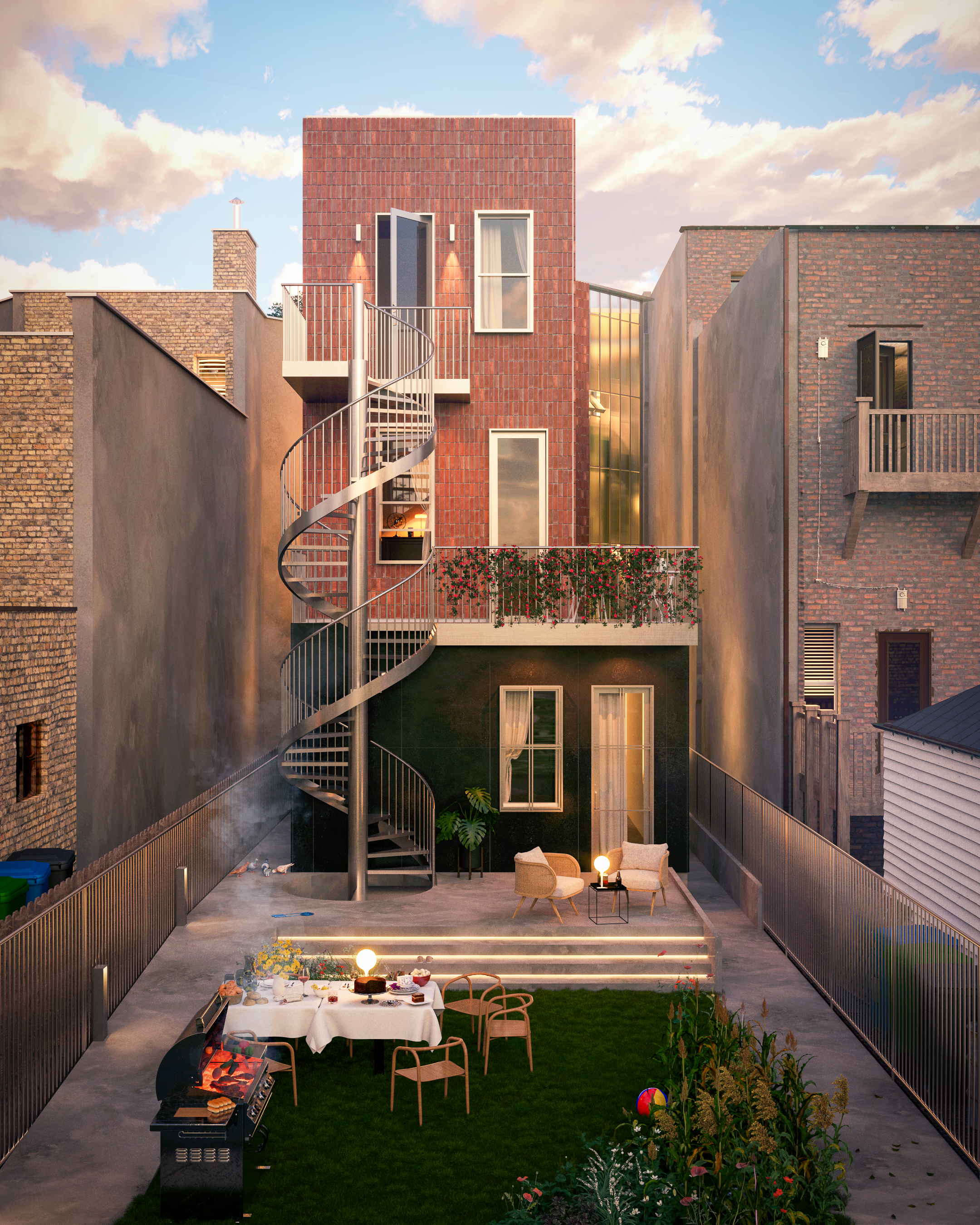
Riff Studio first came to our attention through their participation in the 2023 Venice Architecture Biennale, where it featured in curator Lesley Lokko’s ‘Guests From the Future’ section on emerging practitioners with its piece ‘A Window (Detail) From the Future.’ ‘[Our contribution to the biennale] holds a special significance for our young, exploratory practice,’ say co-founders Rekha Auguste-Nelson and Farnoosh Rafaie (Isabel Strauss was also part of the team but stepped away in August 2023).
Riff Studio: 'riffing' instead of needing to be 'precious' or 'pure'
Founded in 2017, the bicoastal design practice grew out of a ‘support system between the founders while studying at the Harvard Graduate School of Design. While we maintained different interests, our goals remained the same: to practise architecture and design with a consciousness and a collaborative nature.’ Addressing the design process as just that, ‘a process - of riffing,’ the young studio embraces challenges, actively avoiding the need to be ‘precious’ or ‘pure.’ Their work is all the more exciting for it - both fun and unexpected.

Their journey awarded them a Graham Foundation Research and Development Grant to develop ‘Case Study House: Chicago,’ a project ‘riffing’ on the iconic, midcentury, experimental ‘case study houses’ of Arts & Architecture magazine. The concept transports the same thinking to the Chicago rowhouse typology ‘as a possible reparative measure for descendents of Black families displaced from the Bronzeville neighbourhood under the pretence of urban renewal.’ The project was developed by a team including Auguste-Nelson, Rafaie and Isabel Strauss, with Glen Marquardt and Blaine Hornung.

While the studio’s work explores big ideas and large urban sections, the pair enjoys prototyping at smaller scales too, ‘riffing’ on materially through processes such as furniture making. Within the Riff Studio universe, co-creating is critical too: ‘We are always seeking collaborators to riff with us!’ they say. The idea is to ‘contemplate how to deepen architectural pedagogy through our own interests. We inherently look toward being a practice that is truly adaptable.’







